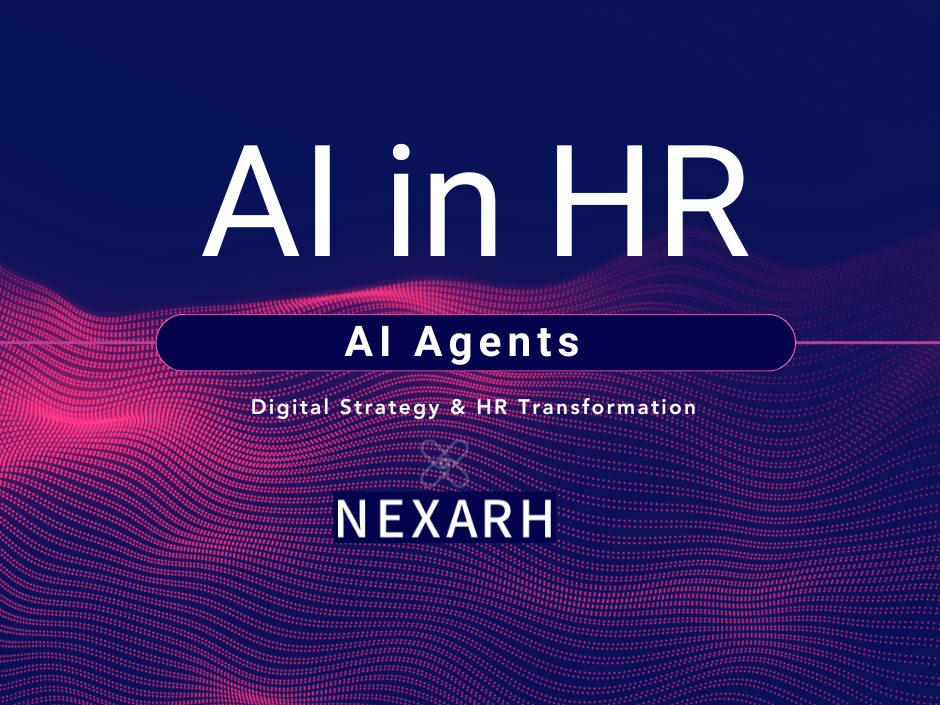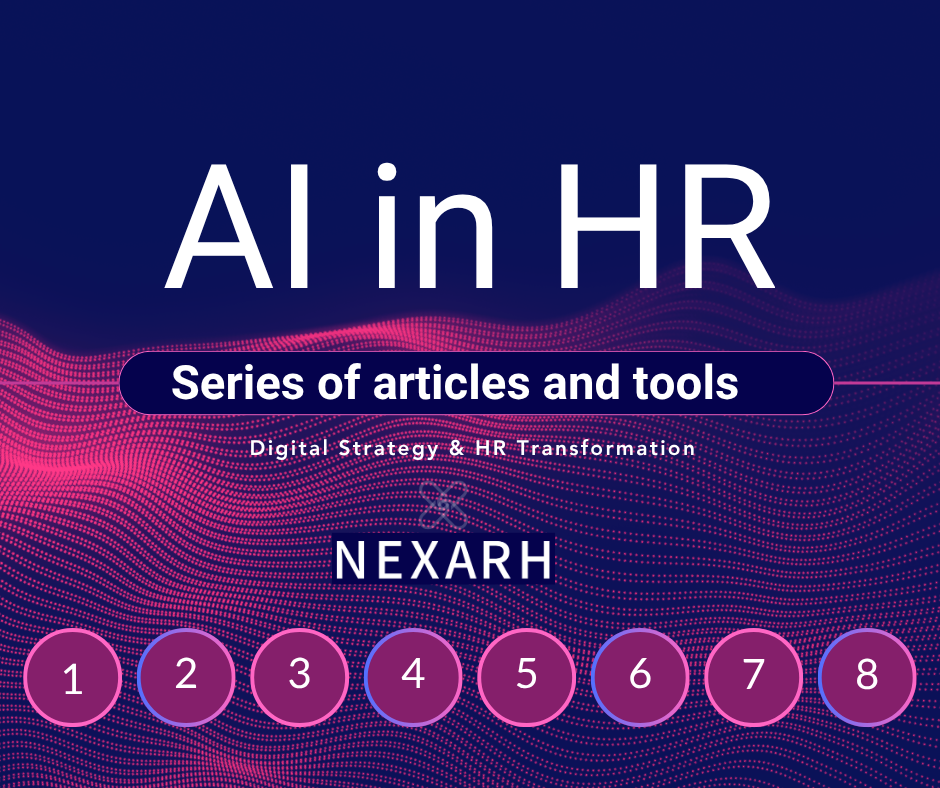Context Engineering in AI: From Simple Prompts to Integrated Vertical AI
- Jean-Baptiste Audrerie

- Aug 13
- 4 min read
Updated: Aug 30
Generative AI is emerging as a strategic lever in business. But not all approaches are equal.
Between quick copy-and-paste solutions in ChatGPT, systems enriched with a knowledge base, and specialized vertical solutions integrating context engineering, the level of maturity varies considerably.
Here is a comparison to better understand the options and make an informed choice.
Let's Start by Understanding the Importance of Context Engineering in AI.
1- Context engineering with large language models (LLM)
Context engineering with large language models (LLMs) refers to the design, structuring, and management of contextual information to enhance how models interpret queries and generate responses.
It is a central discipline of applied artificial intelligence that enables models to produce relevant, precise, standardized, and personalized results based on a specific business use case or user context.
2- Definition of Context Engineering or the Art of Prompting
Context engineering is the systematic process of selecting and injecting the right information into an LLM's input to effectively influence its behaviour, without having to retrain the model.
This context engineering typically relies on techniques such as prompt engineering, retrieval-augmented generation (RAG), or intelligent agent orchestration. See our article on AI Agents and another article on examples of AI Agents in HR.
3- Why Context Engineering is the Source of Intelligence
LLMs are stateless: they know nothing about your organization or environment unless you provide them with the necessary elements.
Each prompt is a blank page. Context engineering therefore bridges the gap between generic intelligence and the execution of precise tasks or specialized competencies.
Table 1: Key Concepts of Context Engineering
Key Concepts | Description |
Prompt Design | Development of structured queries guiding the model's behaviour and responses. |
System Instructions | Persistent general rules or identity configuration for the AI assistant. |
Memory and State | Maintaining long-term or session memory to contextualize the user. |
Augmented Generation (RAG) | Dynamic injection of external documents (PDFs, knowledge bases, etc.) to enrich responses. |
Embeddings and Vectors | Semantic representation of knowledge to extract relevant context in real-time. |
Tool/API Usage | Context extension via calls to APIs, databases, or external functions. |
Context Window Management | Enhancement of information transmitted to the model according to its processing capacity (e.g., 32,000 tokens). |
MCP Servers (Anthropic) | MCP servers standardize tool and data access to reliably enrich AI assistants’ context. |
Context Compression | Summary or reformulation of voluminous content to integrate it into the context window. |
Now Let's Look at the 3 Levels of AI Usage in Enterprise
1. Public and Manual Prompts: The Entry Level for Everyone in AI
Commercial platforms like Open Ai ChatGPT, Google Gemini, Microsoft Copilot Web or Anthropic Claude allow everyone to use predefined prompts, often shared on the web or generated in an artisanal manner. It's a simple approach, but unreliable. The experience depends heavily on the user's skills. Context is not preserved, personalization is non-existent, and results are variable, with a high risk of hallucination.
🟣 Ideal for: initiation to generative AI, brainstorming, writing and translation, occasional uses, and analysis (reasoning).
2. Generative AI with Knowledge Base: More Relevant, but Needs Structure
Companies that want to industrialize AI usage often opt for an intermediate solution: integrating a knowledge base (procedures, policies, internal documents) with a generation engine like ChatGPT or Vertex AI. Thanks to the RAG approach (retrieval augmented generation), the AI can search for the right content to inject into the prompt. This improves coherence but requires good document governance and maintenance efforts.
Microsoft 365 Copilot and Copilot Studio allow a vast majority of Microsoft client organizations to invest in an integrated and secure approach.
See our article on this subject: Microsoft 365 Copilot is your next step in your AI roadmap (non-sponsored article).
🟣 Ideal for: shared service centres for employees, HR compliance management, sharing policies and procedures and task assistance tools, support in onboarding and integration.
3. Specialized Vertical AI: Integrated Contextual Intelligence
Expert multifunctional HR solutions integrate AI with their data and user profiles. These vertical HR solutions like Sigma RH, Sana, Neobrain, Glean, SAP SuccessFactors, or Workday HCM go further: they directly integrate prompt engineering, business roles, enterprise data, and processes.
The end user doesn't see the prompt but benefits from a fluid, contextualized, and reliable experience.
The responses are aligned with internal rules, user roles, and workflows. This is the royal path toward massive enterprise adoption.
🟣 Ideal for: recruitment, onboarding new employees, training, skills management, performance support, compensation, payroll.
Table 2: Comparison of Three Approaches to Generative AI in Enterprise
Criteria | Manual Prompt | Knowledge Base (RAG) | Integrated Vertical AI |
User Experience | Manual, variable | Semi-automated, relevant | Integrated, fluid, personalized |
Context Management | None | Contextual via base | Intelligent and dynamic |
Personalization | None or artisanal | Based on documents | Adapted to role and process |
Maintenance | High | Medium (content updates) | Low (managed by solution) |
Hallucination Risk | High | Medium | Low |
Typical Use Cases | Ideation, writing | Internal FAQs, compliance | Training, HR, task support |
Productivity | ⭐ | ⭐⭐ | ⭐⭐⭐⭐ |
4- Target AI That Knows Your Context
The more critical or sensitive your use case, the more essential it becomes to invest in AI that understands your organization's context.
Moving from manual prompts to integrated solutions means moving from experimentation to real impact.
5- Ready to Evaluate the Right Level of AI for Your HR or Business Needs?
Contact us to discuss an effective and secure adoption strategy, adapted to your context.
Read our article on examples of 12 HR solutions that have deployed AI Agents.
Specify and quantify your HRIS and AI in HR strategy: write to us, schedule an appointment to discuss your needs, subscribe to our newsletter, and download one of our HRIS 2025 mappings now here ➡️ https://www.nexarh.com/cartographies-hr-tech-hcm-talent







Comments